Dhaka, the capital city of Bangladesh, has seen some improvement in its air quality compared to the previous day, but it still ranks 13th on the list of the world’s most polluted cities, with an AQI score of 139. This categorization indicates that Dhaka’s air is ‘unhealthy’ and poses significant health risks for its residents.
The top two positions in the air quality index (AQI) are held by India’s Delhi and Mumbai, with AQI scores of 200 and 176 respectively. Other Asian cities, such as Shenyang in China, Yangon in Myanmar, Karachi in Pakistan, Dubai in the United Arab Emirates, and Kathmandu in Nepal, also have higher levels of air pollution than Bangladesh.

The AQI is a measure of the daily air quality, which provides information about the pollution levels and the potential health effects in a specific urban area. The AQI is based on five pollutants that contribute to air pollution, namely particulate matter (PM10 and PM2.5), nitrogen dioxide (NO2), carbon monoxide (CO), sulfur dioxide (SO2) and ozone. The AQI scale shows that values between 0 and 50 are ‘good’, 51 and 100 are ‘moderate’, 101 and 150 are ‘unhealthy for sensitive groups’, 151 and 200 are ‘unhealthy’, 201 and 300 are ‘very unhealthy’, and above 300 are ‘hazardous’.
Dhaka city has been facing air quality challenges for a long time. The air quality usually deteriorates during winter and improves slightly during monsoon.
According to the World Health Organization (WHO), air pollution is responsible for about 70 million deaths worldwide every year. The main cause of this high mortality rate is the increased incidence of stroke, heart disease, chronic obstructive pulmonary disease, lung cancer and acute respiratory infections due to air pollution.



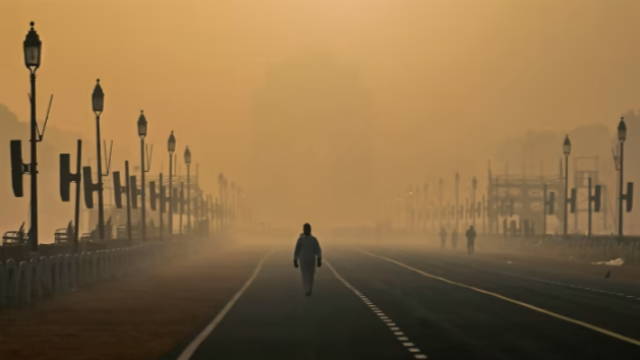

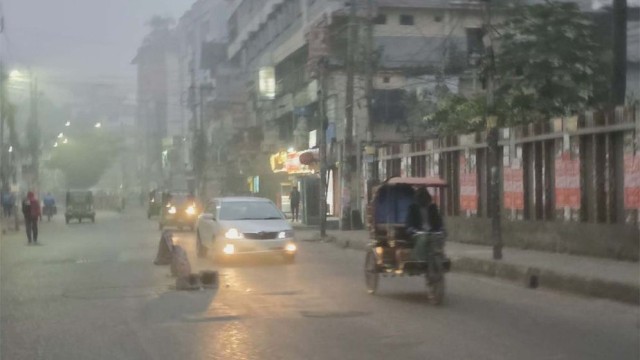

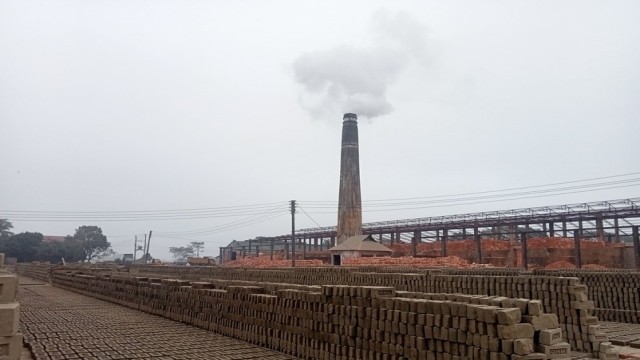
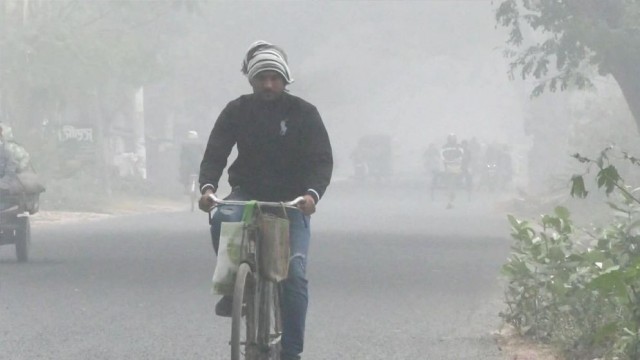
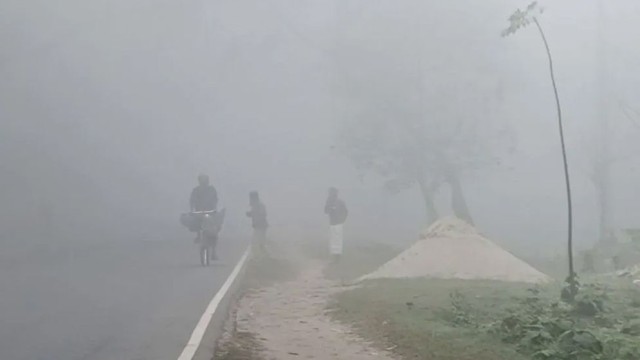











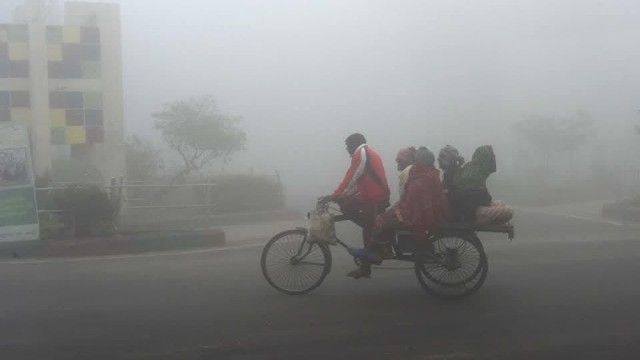
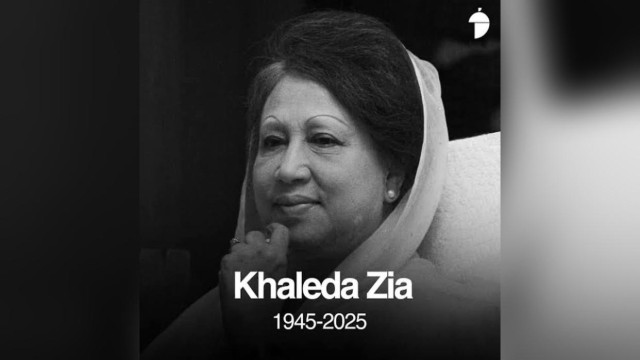
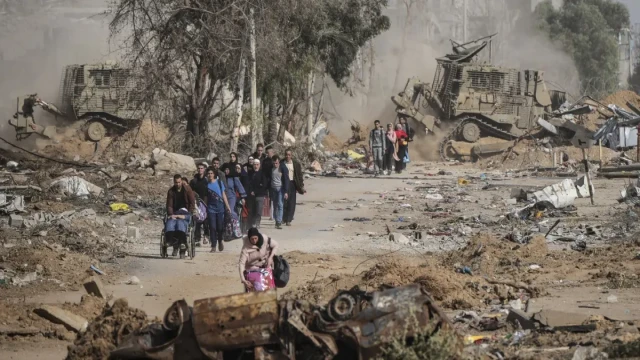



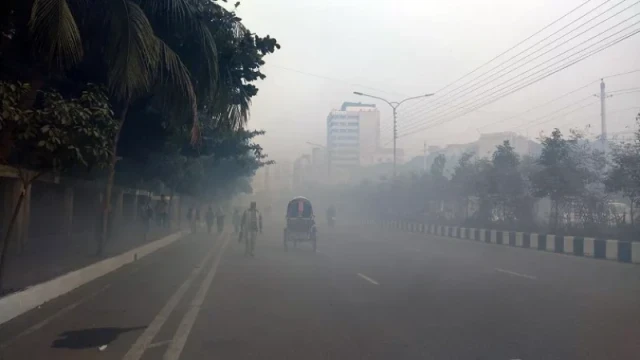



Comment: